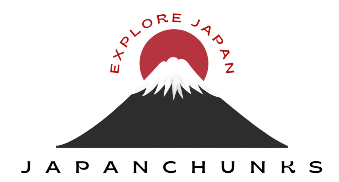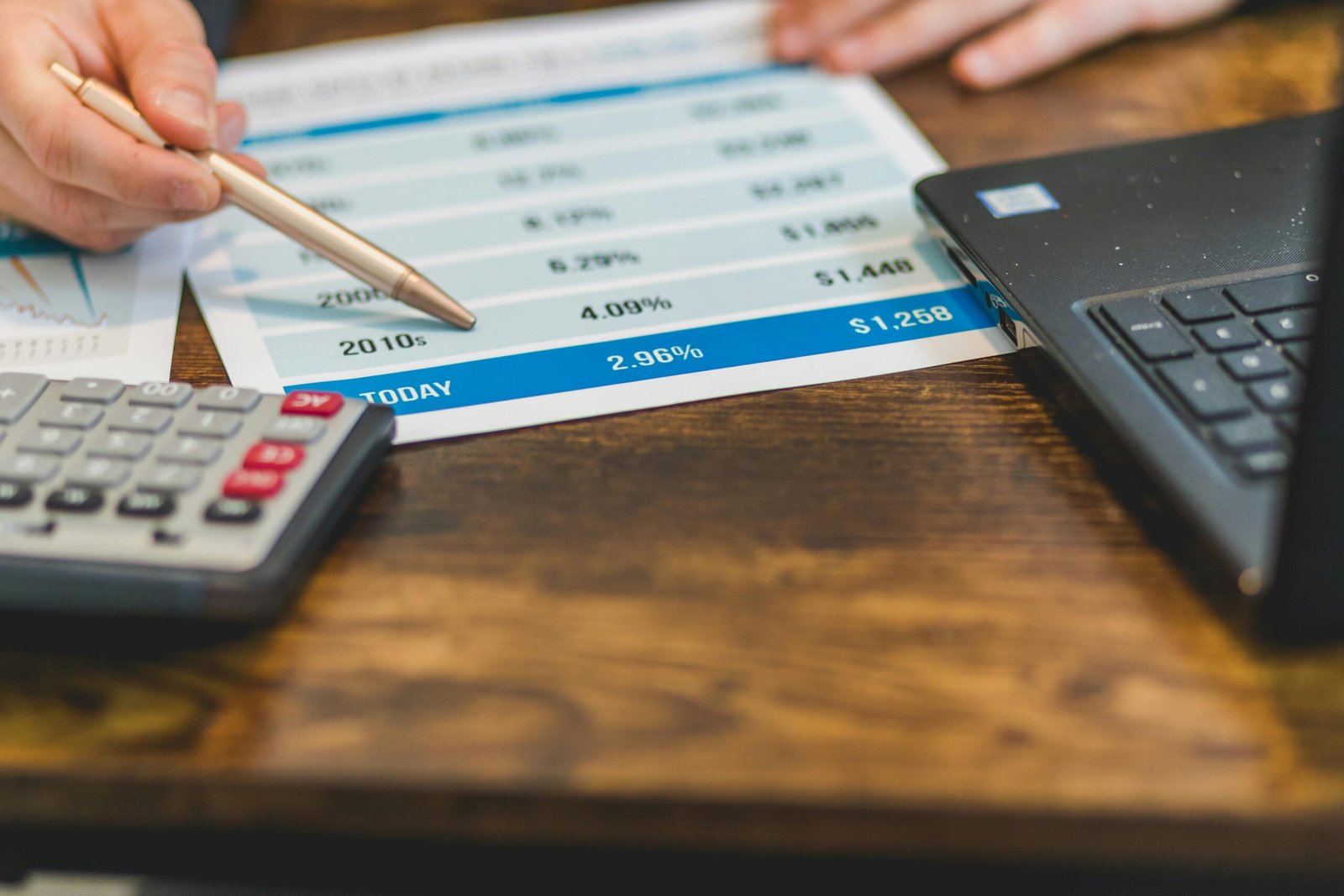The Bank of Japan has surprised markets by raising interest rates for the first time in 15 years.
The Benchmark interest rate was just raised by the Bank of Japan raises interest rates. Likely, they plan to cut bond purchases in half, underscoring its determination to normalize monetary policy.
The central bank decided to set the key interest rate at around 0.25%, against the previous range of 0% to 0.1%.
This significant rate hike, the largest since 2007, signals a major shift in monetary policy.
It also said it would cut its monthly pace of bond buying to around ¥3 trillion ($19.9 billion) by the first quarter of 2026. The recent pace of purchases has been about double that amount.
The growing confidence of the central bank in the recovery of the domestic economy and its concern about a markedly weaker yen.
“The policy rate is still very low even after a hike to 0.25%,” says BOJ.
It is still negative after inflation is taken into consideration, Gov. Kazuo Ueda said at a news conference. We do not view this as a strong brake on the economy.
Discover how these changes could impact the market and the economy!
Japan’s central bank raised the cost of borrowing for only the second time in 17 years. They are to normalize monetary policy in the world’s fourth-largest economy in that respect.
In March, the BoJ raised the cost of borrowing for the first time since 2007.
It meant no country in the world was left with negative interest rates.
The BoJ had cut its main interest rate below zero in 2016, in an attempt to stimulate the country’s stagnating economy.
Negative interest rates mean that people have to pay to deposit money in the bank. These have been used by many countries as a means of encouraging people to spend their money rather than putting it in the bank.


[…] to have ascended the Chrysanthemum Throne in 660 BC. The shrine is open to anyone with a strong interest in Japanese […]